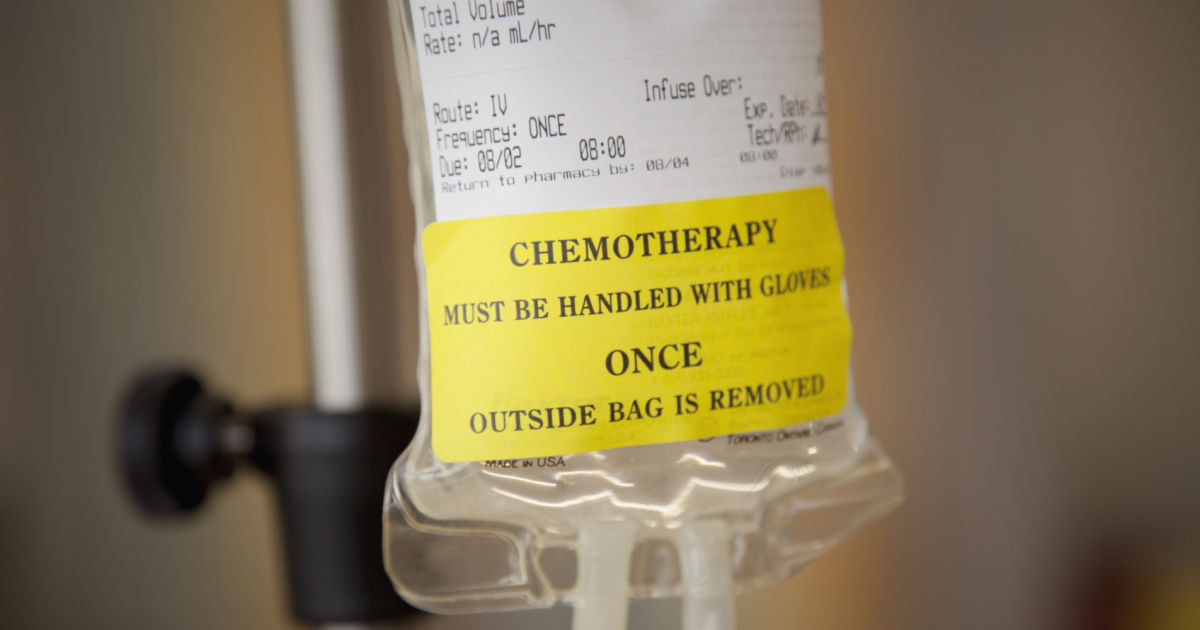Causes, Risk Factors, And Complications Of Shingles
Certain Medications

If the shingles virus is already dormant in an individual, certain medications can increase their chances of developing the condition. Some drugs are designed to keep the body from rejecting transplanted organs, and these have been shown to increase a patient's risk of developing shingles. In addition, prolonged use of prednisone and other steroids can increase an individual's risk of developing shingles. They might be at a higher risk of developing shingles if they take certain medications for psoriatic arthritis or rheumatoid arthritis as well.
One study found rheumatoid arthritis patients had a much higher risk of developing shingles when they took prednisone or other steroid medications. For patients with psoriatic arthritis, there was an increased risk of shingles if they took both DMARD and TNF drugs. At the same time, the risk of shingles didn't appear to develop if the patient took either DMARD or TNF medications alone. There is not significant data to explain why the combination of these medications can increase an individual's risk of developing shingles.
Cancer Treatment

Cancer treatment has the potential to increase an individual's risk of developing shingles. This is because certain cancer treatments can lower a patient's ability to fight off diseases and infections. If a patient already has the shingles virus in their body, therefore, undergoing cancer treatments has the potential to cause the virus to spread to their skin, resulting in the blisters and other painful symptoms. Researchers found individuals who have recently received a cancer diagnosis have a much higher chance of developing shingles. This is particularly true of patients who have undergone chemotherapy or who have blood cancers.
The findings are being used for shingles prevention by giving patients with increased risk better access to shingles vaccines. Cancer patients appeared to have about a forty percent higher chance of developing shingles than individuals without cancer. In addition, patients with blood cancer were more than three times as likely to develop shingles as patients without cancer. The analysis indicated that in some individuals, the shingles vulnerability was present for at least two years before being diagnosed.
